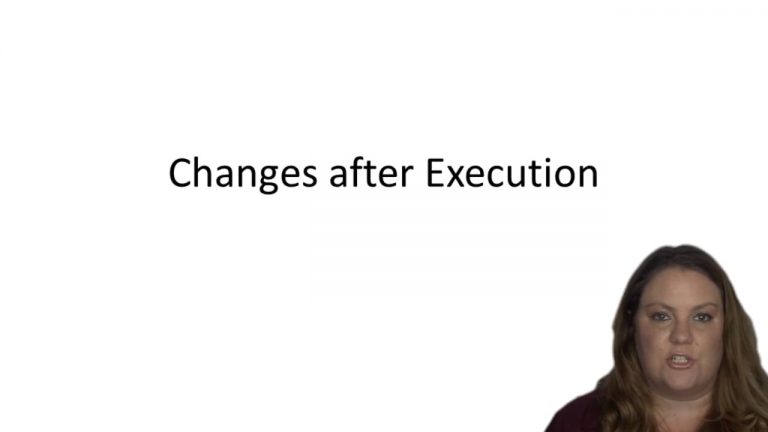SmartBrief
Confirm favorite deletion?
Wills, Trusts & Estates Keyed to Gallanis
Estate of May
Citation:
220 N.W.2d 388 (S.D. 1974)Facts
The decedent executed a document on December 28, 1967 entirely in his own handwriting purporting to dispose of his property upon his death. The decedent told Victor Brandt on at least two occasions that he did have a will. On February 14, 1973 John R. May died in Turner County, South Dakota. Mrs. Eva Christensen, respondent and a sister of the deceased, searched the decedent’s home and bank boxes but could find no will. Mrs. Christensen, the sheriff of Turner County and others went through the papers of the deceased in his home; some papers were destroyed and others piled into boxes and stored in a rented barn near the home of a niece, Eva Brandt. Later, Mrs. Brandt found the contested will. The document purporting to be a Holographic Will is hereby set out in full, showing where it was cut out of the book on the right margin, and where it was torn on the left margin. All of the witnesses testified that decedent’s home was a mess with important documents as well as worthless scraps of paper piled around the house without any system or order.
Only StudyBuddy Pro offers the complete Case Brief Anatomy*
Access the most important case brief elements for optimal case understanding.
*Case Brief Anatomy includes: Brief Prologue, Complete Case Brief, Brief Epilogue
- The Brief Prologue provides necessary case brief introductory information and includes:
Topic:
Identifies the topic of law and where this case fits within your course outline.Parties:
Identifies the cast of characters involved in the case.Procedural Posture & History:
Shares the case history with how lower courts have ruled on the matter.Case Key Terms, Acts, Doctrines, etc.:
A case specific Legal Term Dictionary.Case Doctrines, Acts, Statutes, Amendments and Treatises:
Identifies and Defines Legal Authority used in this case.
- The Case Brief is the complete case summarized and authored in the traditional Law School I.R.A.C. format. The Pro case brief includes:
Brief Facts:
A Synopsis of the Facts of the case.Rule of Law:
Identifies the Legal Principle the Court used in deciding the case.Facts:
What are the factual circumstances that gave rise to the civil or criminal case? What is the relationship of the Parties that are involved in the case.Issue(s):
Lists the Questions of Law that are raised by the Facts of the case.Holding:
Shares the Court's answer to the legal questions raised in the issue.Concurring / Dissenting Opinions:
Includes valuable concurring or dissenting opinions and their key points.Reasoning and Analysis:
Identifies the chain of argument(s) which led the judges to rule as they did.
- The Brief Prologue closes the case brief with important forward-looking discussion and includes:
Policy:
Identifies the Policy if any that has been established by the case.Court Direction:
Shares where the Court went from here for this case.

 5m 36s
5m 36s